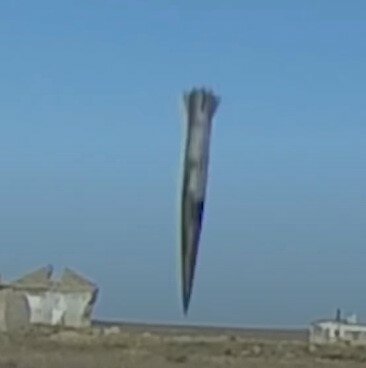Re. Lockheed Martin's Feb 17, 2023 $1.2 billion contract award by Navy and could be worth additional billion if all options are exercised for the Zumwalt launcher of the joint Navy/Army hypersonic boost glide CPS/LRHW missile. Lockheed saying they are more than a year into development of the launcher leading to test campaign in 2024. Navy have yet to award Lockheed a contract for the Virginia Blk V subs CPS launcher that will need additional integration and testing. and with 10 subs under contract and first delivery due in FY2025, looks like a classic case of concurrency and which thought after the Navy's disasterous experience with Ford's AAG,AWE and EMALS they had sworn off.
Of note the CPS launcher is soft launch using pressurized air to eject missile from its VLS cell not hot launch, the Russians for years have shown preference for soft launch whilst Navy with its Mk41 and Mk57 VLS cells have used hot launch.
https://www.defensenews.com/naval/2023/02/22/navys-hypersonic-launcher-is-headed-to-flight-testing-next-year
Of note the CPS launcher is soft launch using pressurized air to eject missile from its VLS cell not hot launch, the Russians for years have shown preference for soft launch whilst Navy with its Mk41 and Mk57 VLS cells have used hot launch.
https://www.defensenews.com/naval/2023/02/22/navys-hypersonic-launcher-is-headed-to-flight-testing-next-year



